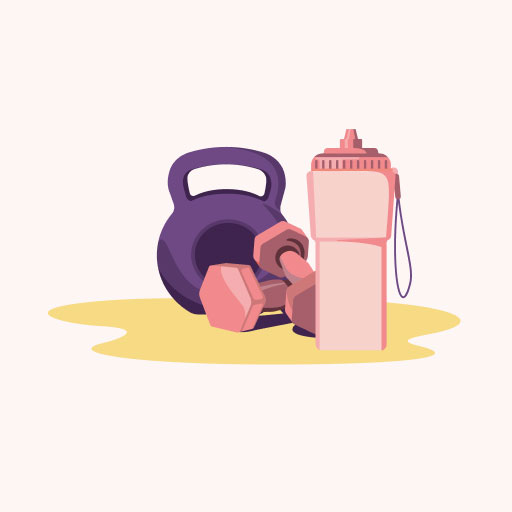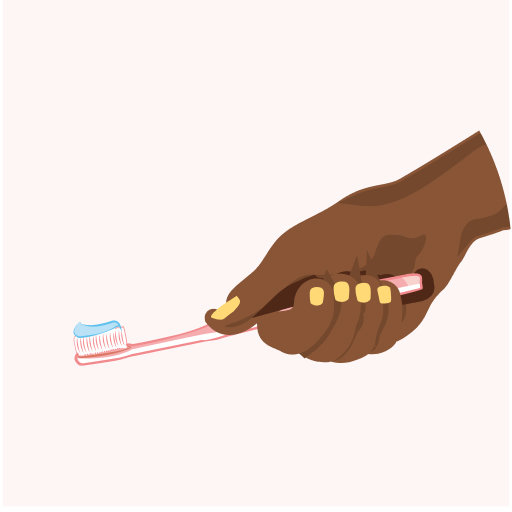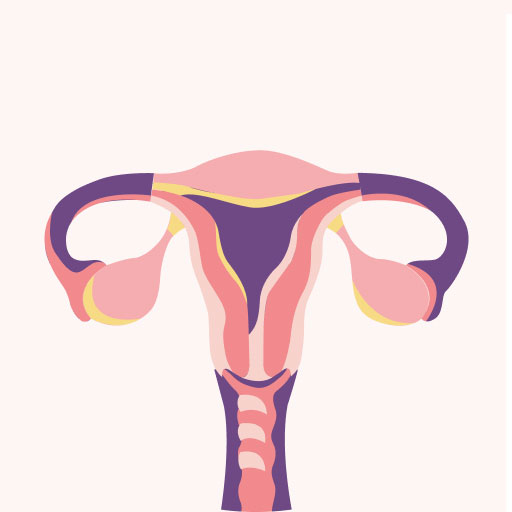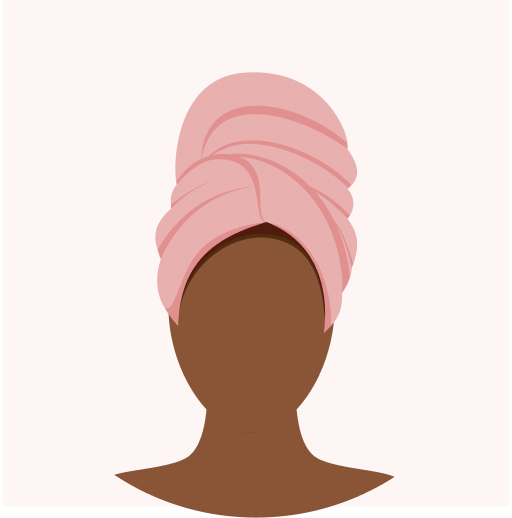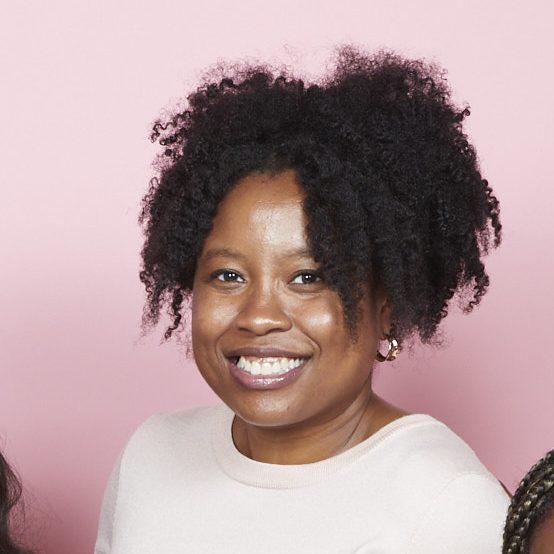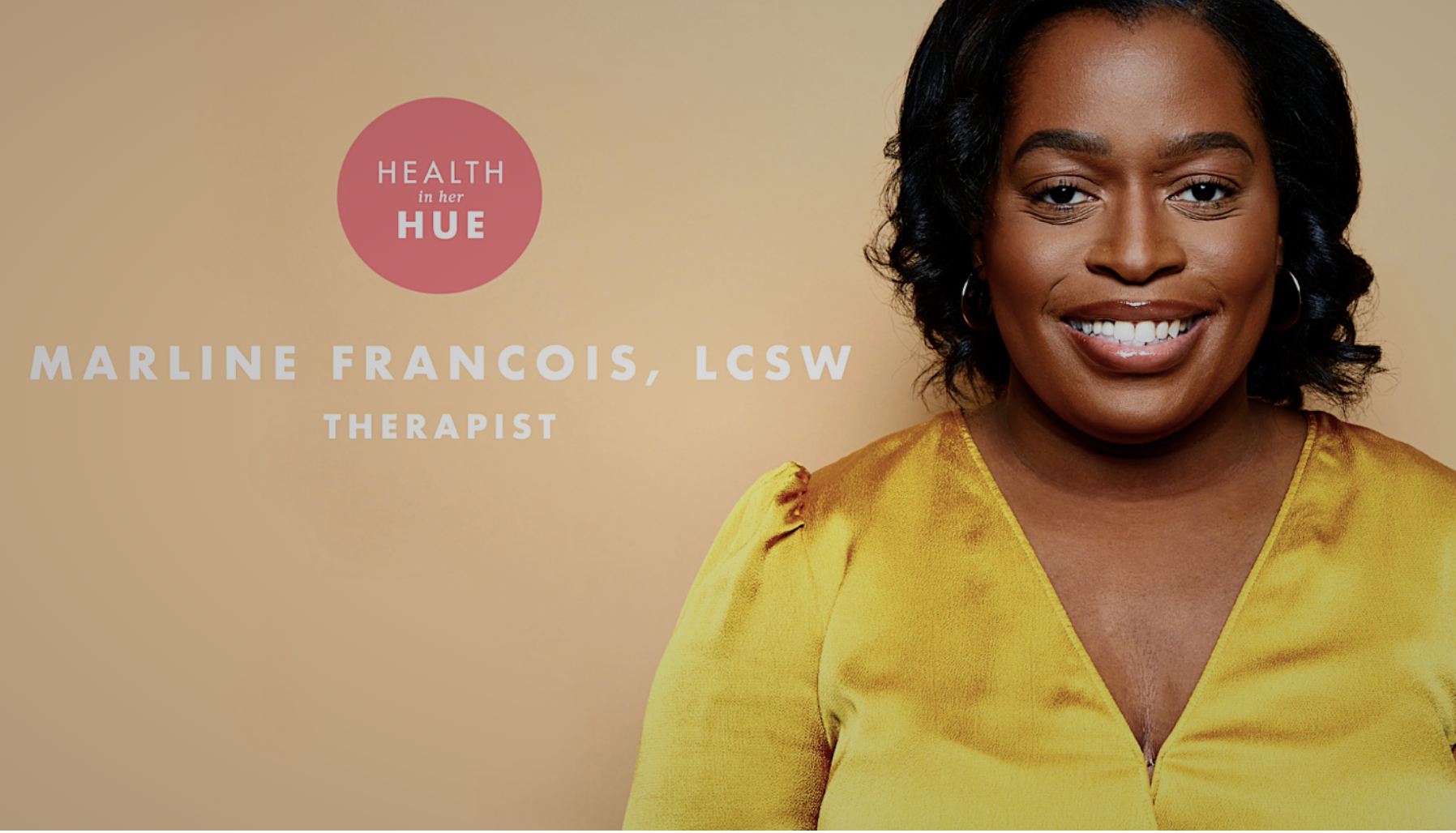
The Power of Imagination: Using Guided Imagery to Soothe Anxiety
I was gifted and cursed with a vivid imagination. The gift of it manifests in vibrant scenes that play like movies to my mind’s eye and provide source material for the writing I use as an outlet for my compulsion to create. The curse is my mind’s tendency to just as vigorously craft nightmarishly realistic worst case scenarios that give rise to episodes of swirling anxiety. Unfortunately, succumbing to this tendency for years has made it easy for my imagination to allow anxiety to flourish; and flourish is exactly what it did when the world turned upside down last year.
As the evil twin side of my imagination seemed to gain strength in response to the events of 2020, my anxious feelings also grew more intense than ever before. Though I do not suffer from panic attacks, I would often wake up panicked in the middle of the night with an aching tightness in my chest and troublesome thoughts about potential, terrible futures chasing each other in circles. Getting back to sleep in that state would always prove impossible, so I would spend an hour, or two, or three trying to deep-breathe and self-talk my way back to a calm enough state to sleep. Maintaining my performance at work during the pandemic, processing the sudden mainstream focus on racial injustice, and suffering through some personal losses overwhelmed me and, like many others, I began to feel like my anxiety was drowning me. To save my mental health, I decided to restart therapy.
During our first meeting, Dr. Simon* and I agreed that cognitive behavioral therapy would be the best type of treatment. We spent our weekly sessions practicing techniques for combatting anxious feelings, from deep breathing and muscle relaxation exercises to writing down the specific thoughts and “what-ifs” that were causing me grief and then refuting them with logic. I found some of the techniques more useful than others, but my absolute favorite was guided imagery or visualization.
As Dr. Simon explained to me, guided imagery is the practice of using the imagination to help manage psychological and physiological symptoms. Studies have shown that practicing visualization can lead to reduced anxiety, stress, and depression, help reduce pain, lower blood pressure, lessen nausea, and just generally give individuals a better sense of control and well-being.
To start my guided imagery practice, Dr. Simon asked me to close my eyes and call to mind a place that was either my favorite place to be or somewhere I had been very relaxed. My last real vacation before quarantine was to Mallorca and I selected the beach that was right across from the hotel that I stayed in while I was there. When I confirmed that I had my special place in mind, he began to guide me through the exercise. He had me envision myself walking into a building lobby, going to the elevator bank, and pressing the down button to call the elevator. Once in the elevator, he had me press the button for the 10th floor and then imagine myself watching the numbers above the doors tick toward 10 as the elevator descended (not sure why the elevator descended instead of ascending to 10, but for some reason it felt intuitive). On the 10th floor he described the doors opening and instructed me to step off the elevator into the place that I had chosen. As I imagined myself on the beach, he encouraged me to shape the scenario with all five senses. Could I hear the ocean? Were there crashing waves or was the water lapping gently at the shore? Did I see other people around or did I have the whole beach to myself? What did it smell like? Where was I sitting or standing? Could I feel the sand under my feet? As he asked these questions, my imagination effortlessly built the mental experience – I could hear the sea lapping at the shore and feel the heat of the sun on my face.
After spending some time on the beach, he asked me to come back – to board the elevator again, press 1 and, this time, watch as the numbers ticked to 1 as I ascended to the main floor. Upon opening my eyes I felt warm and relaxed, the way I have after a good massage or session of meditation. He encouraged me to practice the exercise throughout the week and to feel comfortable tweaking details as desired, as it was my world to construct.
The guided imagery helped immensely and especially in those moments when I woke up to my anxiety crescendoing in the middle of the night. A deep breath, closed eyes, and a short mental elevator ride later and I was on a beach where none of my worries mattered, where I felt safe enough to get some rest. Using my imagination to settle my fearful and anxious feelings felt like using a secret superpower and the creative in me was proud that I could conjure comfort for myself just by using my mind. I even developed a couple of other scenes that I began to use to calm myself in specific situations – for example, envisioning myself slowly and deliberately writing a personal affirmation across a blackboard to help settle my nerves before a public speaking opportunity.
Managing my anxiety is an ongoing practice. I still feel pangs of it on a daily basis, but I’m gradually getting better at controlling them. Accepting the vitality of my imagination and learning how to harness it for good has been an important and empowering part of my journey and I’d encourage anyone who is looking for a way to settle anxious feelings to give it a try.
*Name has been changed




